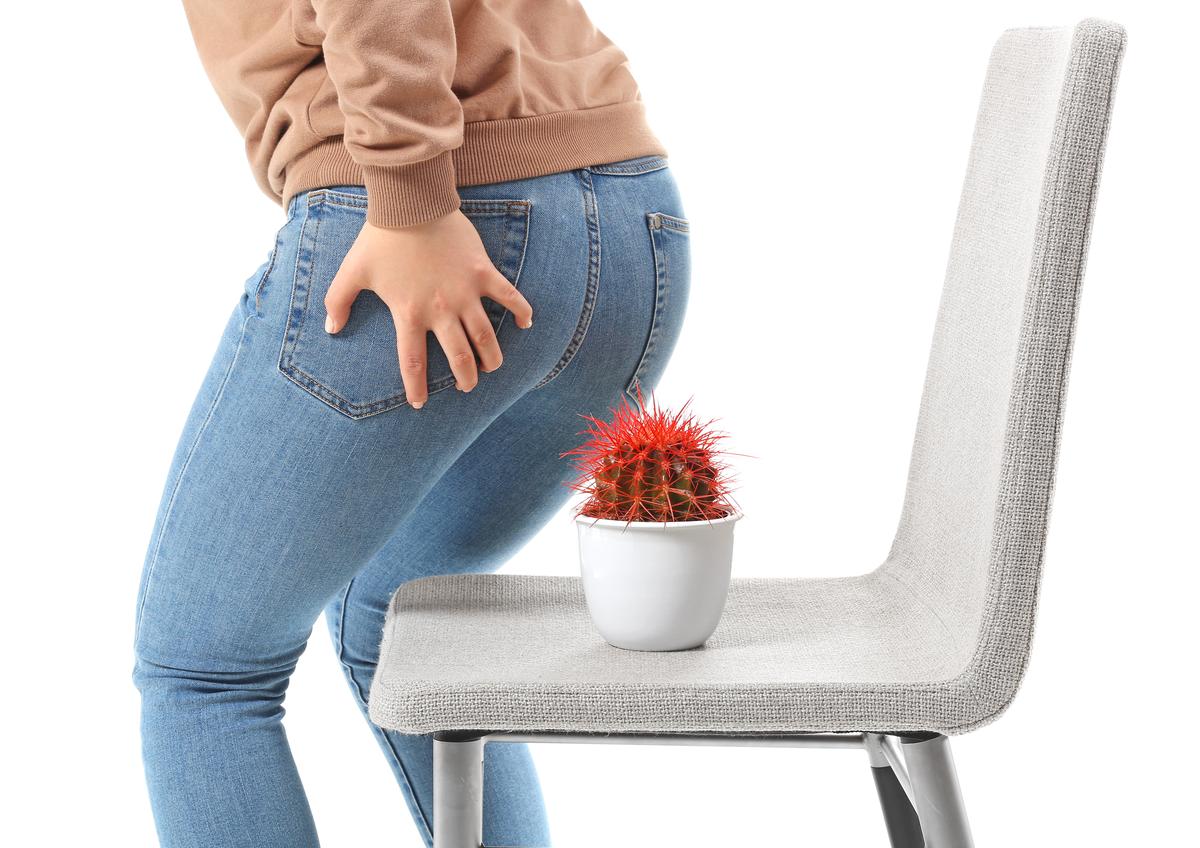As piles or hemorrhoids are purely mechanical diseases, their definitive treatment is also surely mechanical, which means they can be treated surgically only and not with medicines. To make this simpler, we must understand that oral area and anal area are the entry and exit of the same tube. Hence, the issues and their treatment is almost always similar. For example, tooth caries can never be treated by applying an ice pack or taking medicines. A dentist has to get into the tooth and address it.
Similarly, grade 3 or 4 piles can never be treated definitely without a procedure. I hope we are clear as to why permanent relief from piles is never seen with medicines. Sooner or later every piles patient needs to get it addressed by a Proctologist.
Currently, there are two modes of surgical treatment of piles. A conventional technique called Milligan-Morgan procedure and second is a minimal invasive technique which is done using Laser and stapler.
In the conventional technique, the hemorrhoidal masses are cut or excised and their feeding blood vessels are ligated or tied with sutures. This requires a longer post-operative recovery period of 4 to 5 weeks as there are some dressings and few weeks of bed rest required for adequate wound healing.
On the other hand, a minimal invasive procedure is done under a day care setup with regional anesthesia only. It may also be called a walk-in procedure.
This laser procedure is done using a diode laser of at least 1470nm. Piles up to Grade 3 can easily be treated by laser within 15 to 20 mins. For piles more than grade 3, a laser-assisted with stapler is used to excise the pile masses entirely. This adds an additional 15 minutes to the procedure time. After a minimally invasive invasive procedure, the patient is fit to be discharged within 4 hours without any dressings. These minimal invasive procedures also involve minimal visits to your doctor as there are no postoperative dressings involved.
In the case of a thrombosed pile mass, a hybrid procedure is the best choice for the patient since it is a surgical emergency. Here, the thrombosed pile mass is excised or removed by the conventional technique, and the rest of the disease is taken care of with Laser and Stapler.
For more details on the Stapler procedure, you may follow us on our YouTube channel. For faster recovery and the least rates of recurrence, minimal invasive procedures of Laser have outshined the conventional technique.
The result of treatment for piles entirely depends on the stage at which the patient chooses to visit their proctologist. The treatment result is usually inversely proportional to the stage at which the treatment is taken. So, the sooner the better!

